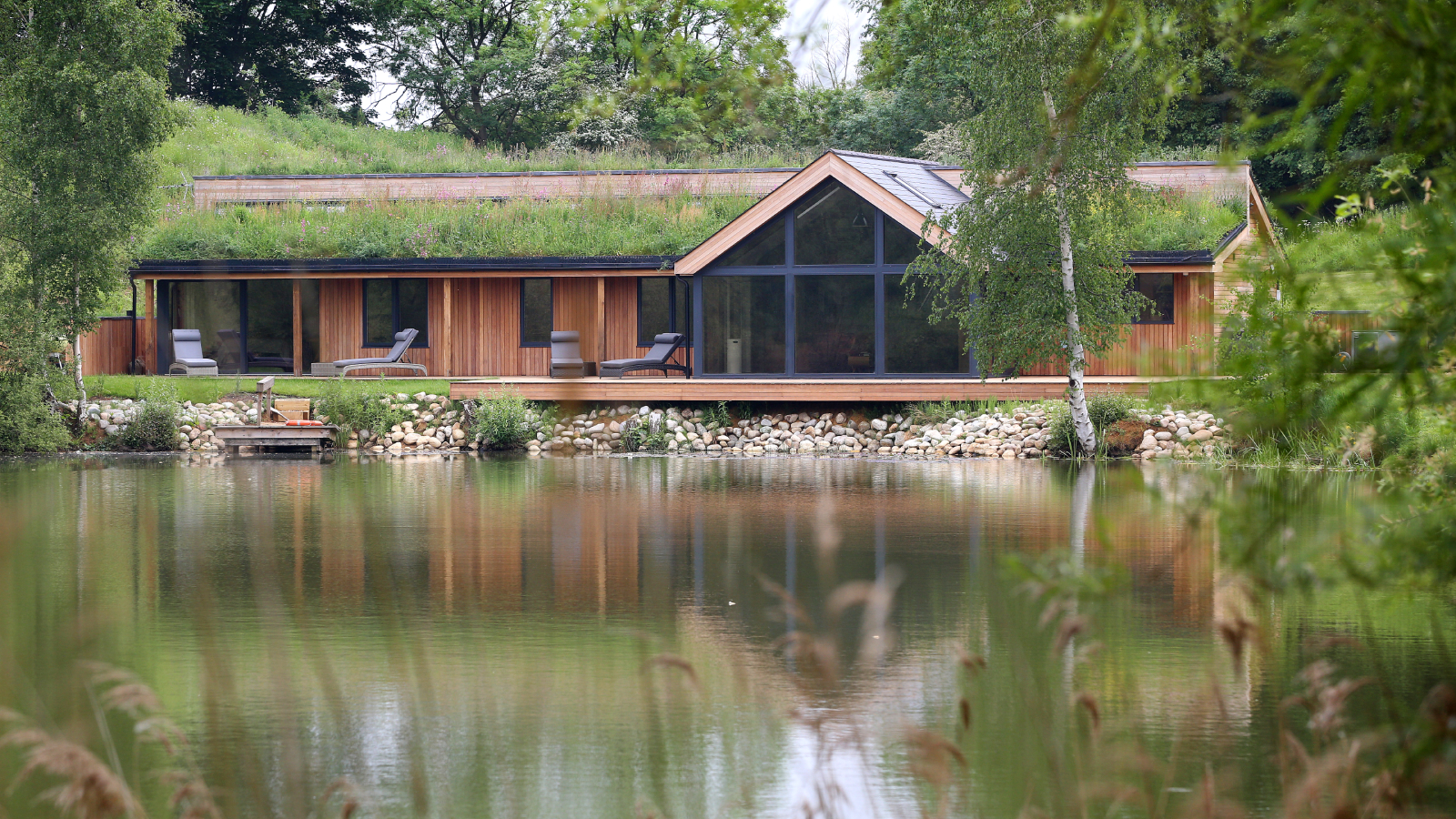We asked why the four-year rule is being scrapped — here's the government's reason
Homebuilding & Renovating quizzed the government on why the longstanding four-year rule is being quietly replaced by a much-longer 10-year rule. Here's their response in full

After finding out that the longstanding 'four-year rule' was due to be scrapped in the latest round of planning changes, the question many were asking was why.
The quiet update, which is currently going through Parliament, is likely to have far-reaching consequences for many self builders, renovators and homeowners that own properties that have undergone previous building work. This can include development thought to have fallen under permitted development laws as well as those selling a property without having a certificates of lawfulness or proof of planning permission for the work.
We put the question to the Department for Levelling-Up and Housing Communities and were given a response, explaining that — apparently — quietly changing the planning rule to 10 years rather than four is due to wanting to "maintain public confidence and trust in the planning system."
Here we share the government's response in full as well as explaining what the 'four-year rule' is and what the bill is seeking to change it to instead. You can also read our original story about the government quietly scrapping the four-year rule.
What is the 'four-year rule'?
The four-year rule allows property owners immunity from enforcement action for building work completed without planning permission that is more than four years old.
The rule does not apply if the owner has deliberately concealed the building work or if enforcement action against the breach is started before the four year period has elapsed. The build will however still be subject to building control regulations.
The four year rule is exemplified by the recent case that will be heard by the Court of Appeal about a log cabin built nearly a decade ago without planning permission near the home of Vernon Kay and Tess Daly.
Bring your dream home to life with expert advice, how to guides and design inspiration. Sign up for our newsletter and get two free tickets to a Homebuilding & Renovating Show near you.
The legislation, which can be seen on the gov.uk website, explains that the "development becomes immune from enforcement if no action is taken:
- within 4 years of substantial completion for a breach of planning control consisting of operational development;
- within 4 years for an unauthorised change of use to a single dwellinghouse;
- within 10 years for any other breach of planning control (essentially other changes of use)"
This is as per section 171B of the Town and Country Planning Act 1990 on enforcement time limits.
How 'four-year rule' is being changed to 10 years
Last month, Homebuilding & Renovating discovered that the latest round of the Levelling Up and Regeneration Bill is seeking to quietly scrap the 'four-year rule' in England.
The bill has not yet received Royal Assent but it is in the final stages of being debated and approved in the House of Lords.
Clause 107 of the Levelling-Up and Regeneration Bill (on page 153), proposes replacing the time limit of four year instead with a time limit of 10 years. In Wales a four year rule would apply. It would mean that Certificate of Lawfulness applicants in this position would soon have to prove 10 years since completion rather than the much-shorter four year period.
Local councils are expected to also be given the new authority to issue enforcement warning notices for violations of planning regulations before resorting to full enforcement notices. The purpose of the warning notice is to give the opportunity for the submission of a retrospective planning application within a designated timeframe, typically around 14 or 21 days, to help applicants avoid full enforcement actions.
You can see the bill's progress on the government website.

Why is the 'four-year rule' being changed?
Asked for the reason the legislation was seeking to change from four to ten years, DLUHC spokesperson told Homebuilding & Renovating: "Effective enforcement is important to maintain public confidence and trust in the planning system.
"We are strengthening the powers that planning authorities already have to allow them to take the robust action their communities want to see. This includes removing the current 4-year time limit which applies to some breaches; in future the time limit will be 10 years for all breaches of planning control."

News Editor Joseph has previously written for Today’s Media and Chambers & Partners, focusing on news for conveyancers and industry professionals. Joseph has just started his own self build project, building his own home on his family’s farm with planning permission for a timber frame, three-bedroom house in a one-acre field. The foundation work has already begun and he hopes to have the home built in the next year. Prior to this he renovated his family's home as well as doing several DIY projects, including installing a shower, building sheds, and livestock fences and shelters for the farm’s animals. Outside of homebuilding, Joseph loves rugby and has written for Rugby World, the world’s largest rugby magazine.
